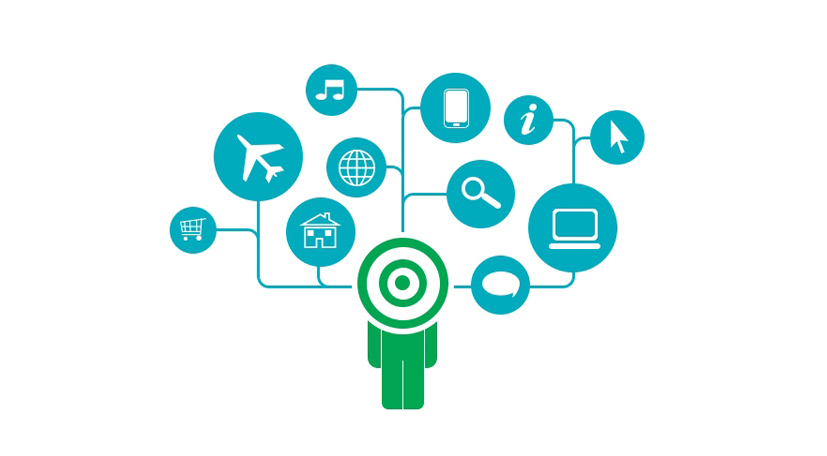User Interface Design Process follows a few steps in order to discover and define user demands and business requirements. Effective user interface design balances technical functionality with visual elements to help users reach their goals.
User Interface Design Process Step 1:
Describe Targeted User and Define System Requirements

User goals and user profile are key elements that determine the success or failure of any interface design. User profile characteristics such as technical level, experience with informational systems, gender, age or cultural behavior drive the decision making during the user interface design process . Understanding user goals determines how the information flows, and how it should be structured. Technical aspects, such as preferred user devices, browsers, operating systems, and so on, form the system requirements; they should be taken into account as they influence the efficiency of interaction.
User Interface Design Process Step 2:
Sketch and Wireframe

Sketches help quick nailing down the basic layout and pre visualize how information will structure and flow for the user. Sketching is an unrestrictive method which allows generating ideas with minimum effort. The best sketches are turned into wireframes and presented for client’s review. The use of google docs for wireframing allows instant collaboration with client and real time input and revisions.
User Interface Design Process Step 3:
Rendering the User Interface Design
This step is about turning wireframes into visual interfaces that are both user friendly and adhere to brand guidelines and quality standards. Transforming the wireframes into actual designs follow several design principles:
Design Consistency
A good user interface is consistent in all aspects and facilitates interaction. Each category of elements (titles, subtitles, texts, inputs, buttons, etc.) should use the same design style (color, typography, spacing).
Familiarity for Users
The user’s previous experiences with other information systems are used to reduce the learning curve time and to make the user comfortable with the new interface design. Familiar symbols or icons are used to illustrate typical actions common to a wide range of applications (close, help, search, error, browse etc). Color coding such as red for error, yellow for attention, etc. are used to enhance and sustain appropriate assignments of meaning.
Structure and Form Follow Strategy
The appearance of each interface should follow and sustain its product/business strategy. The functionality of the system should be supported by design elements(icons, typography, colors) and create emotions in order to engage the users and help them perform the tasks. A purely functional approach may lead to user’s confusion and lack of interface understanding.
View our user interface design projects
User interface design process resources:
- 10 Interface Design Fundamentals

- Effective Visual Communication for Graphical User Interfaces

- Using Light, Color, and Contrast Effectively in UI Design




